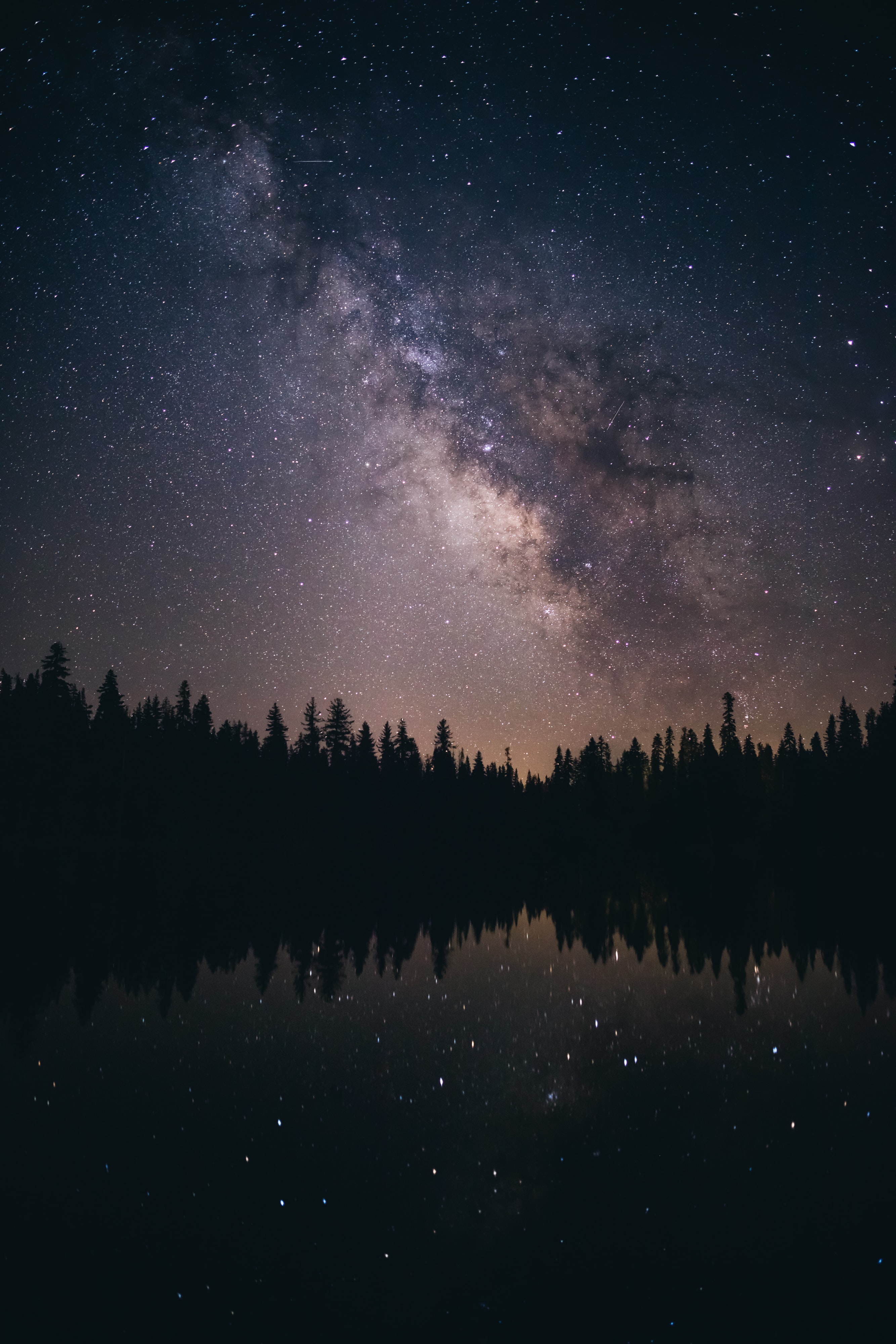November brings colder weather which quickly becomes the dominating factor for most observers. When the sky is clear it will be cold, so the most important equipment is not a telescope or pair of binoculars, but a pair of good boots and a warm parka. Don’t forget mitts, a toque, and several layers of underclothes.
Visible Solar System
Jupiter is at opposition early in the month, providing its largest and brightest views face this year. It rises at sunset and is visible all night, finally setting in the west as the sun rises.
Saturn is at its highest shortly after sunset, but still low in the sky for Manitoban skywatchers. Although visible until after midnight, telescope viewers will want to catch Saturn and its rings as early in the evening as possible to minimize the poor seeing nearer the horizon.
Uranus reaches opposition as well this month, its best and brightest for the year but still requiring at least binoculars for most observers to
spot it as a faint “star”. CHART COMING
In the morning sky, Venus rises about 3 hours before the sun and stands high in the east in the pre-dawn sky.
Mercury has moved into the evening sky but the angle of the ecliptic at this time of year keeps it too low to be easily spotted from Manitoban latitudes.
Mars passes around the far side of the Sun on November 17th and so is invisible from Earth.
The Moon passes several planets this month:
- November 9 (morning sky): the waning crescent Moon is about 1 degree away from Venus in the morning sky, a spectacular alignment
worth getting up for. - November 14 (evening sky): the thin crescent Moon is near Mercury, but the pair will be too low to observe from Canada.
- November 24-25: The waxing gibbous Moon is near Jupiter tonight.
Observer’s Calendar
All times are given in local time for anywhere around the world at mid-northern latitudes, unless it’s an event which occurs at a specific moment – then the time is given in Central Daylight Time – the local time for Manitoba.
November 2: Jupiter at opposition
November 4: Daylight Saving Time ends tomorrow – set your clocks one hour earlier before you go to bed tonight.
November 5: Last Quarter Moon; the South Taurid meteors peak in early evening, but only produce two to five meteors per hour. On the plus side, those meteors are often bright fireballs.
November 9 (morning sky): Venus 1 degree below crescent Moon
November 10: The monthly meeting of the Winnipeg Centre of the Royal Astronomical Society of Canada, the largest astronomy club in the province. The meetings are open to anyone and are also streamed online.
November 11: The North Taurid meteor shower peaks, also producing a few meteors per hour. Between the two overlapping Taurid streams and the upcoming Orionid stream, November often has an increase in bright fireballs.
November 13: New Moon
November 14: Antares occulted by Moon (daytime event)
November 18: The annual Leonid meteor shower peaks on the night of November 17-18, with a predicted rate of about 10-15 meteors per hour (under a dark sky) in the pre-dawn hours of the 18th. Th e Moon is a thin crescent in the evening and so won’t interfere with observation, making this a decent year for this famous shower. No major outbursts are predicted for this year, which can cause rates of several thousand per hour. A potential minor outburst may occur near 12h Universal Time on November 21st, consisting of 10-15 bright meteors per hour. The is timing is well-placed for North American observers and is worth monitoring. For details on how to turn your meteor watching into scientifically useful data, visit the International Meteor Organization.
November 20: First Quarter Moon
November 25: Jupiter below waxing gibbous Moon
November 26: Uranus below waxing gibbous Moon IMAGE COMING
November 27: Full Moon (near Pleaides star cluster)




